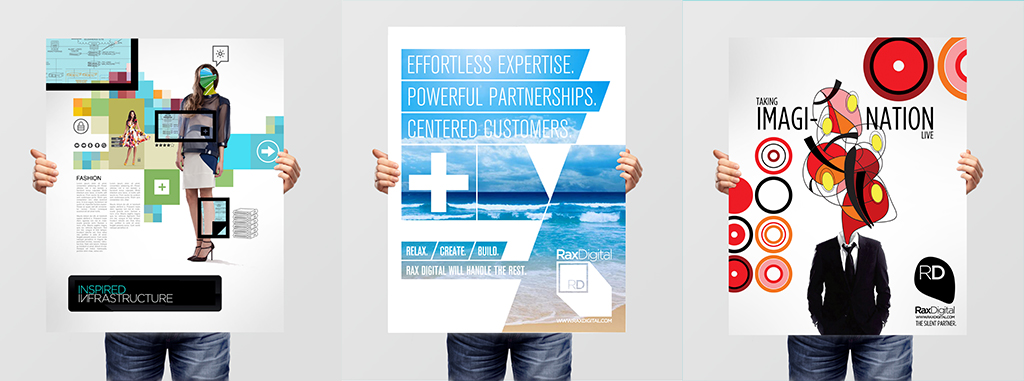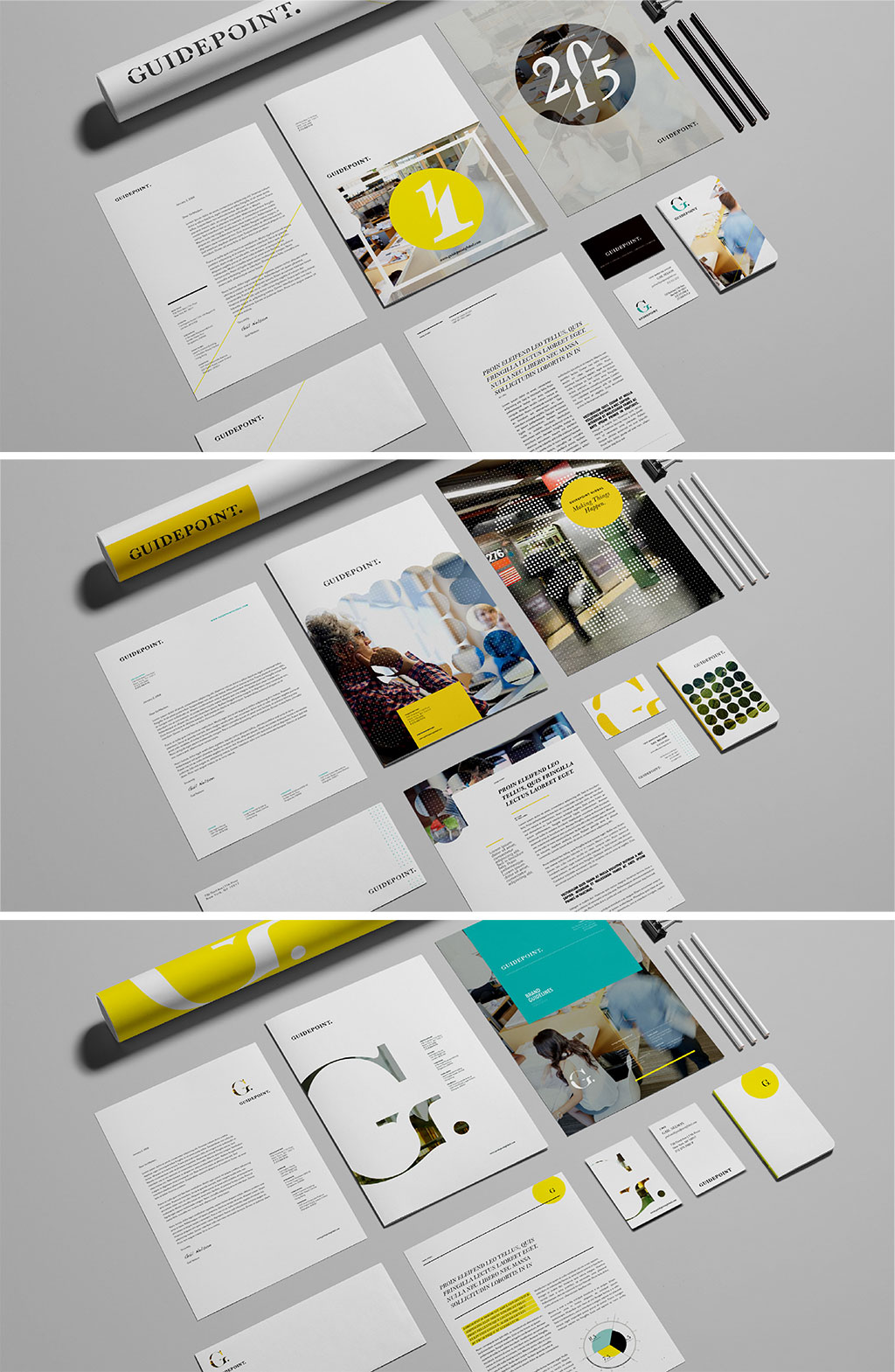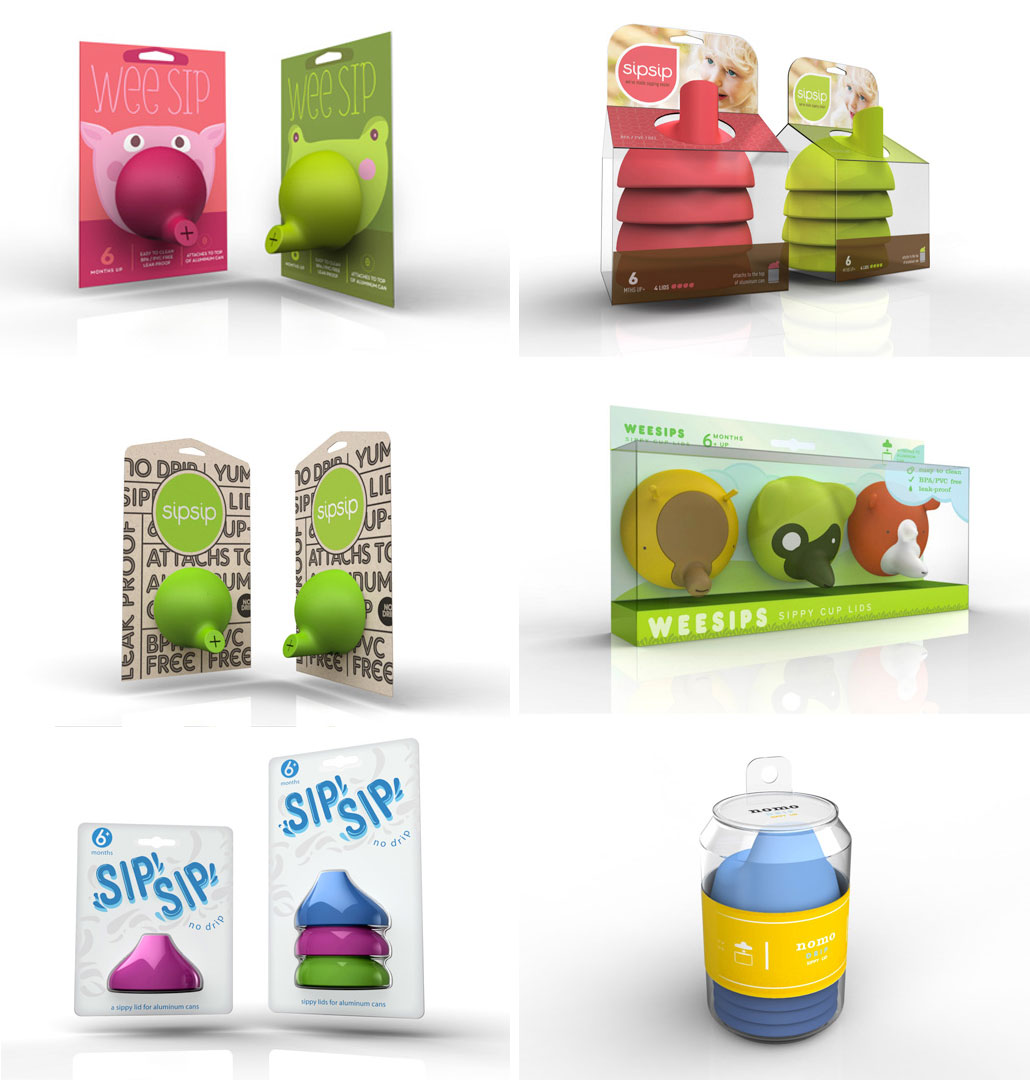We often use the term concepting when talking to clients and potential clients, but what does it really mean? What is a concept and what value does it have? Why do agencies always want to do a round of concpeting before starting work?
At a high-level concepting work is simply exploration and idea generation. The value in concepts are twofold: (1) in the quantity and (2) making the decision upfront. If you can review more than one option, then you will make a better decision if for no other reason than the fact that you have to make a decision at all. Also, making a decision and/or selecting a conceptual direction upfront means that whatever work you are moving forward with has a sense of cohesion and consistency.
Campaign Concepting
Campaign concepting is one of the most frequent types of concepting work we do at Creative Tonic. In this instance, the concept is the central idea and visual look and feel that will be carried throughout a campaign. The concept is crucial because it’s what makes a campaign memorable and recognizable, creating a cohesive narrative between executions. From emails to banner ads to posters to booth space to landing pages, every element of a campaign should all fall under the central concept and leverage the visual language that has been established so that people can quickly identify the campaign when they see an execution. Below are a few examples of how concept options can take different approaches to achieving a campaign objective:
Brand Concepting
Brand concepting takes the ideation element from campaign concepting, but applies it to the process of creating a brand or brand identity. At Creative Tonic we begin this process with the black and white identity or logo mark exploration. The black and white phase is an important step in making sure the logo works without the aid of color or shading, which can mask fatal flaws in the design. Once a general direction is established, we shift the concepting process to the core identity elements. This includes items like color palette options, patterns, image treatments, typography and type styling options. Here we’re showing the client options for what the brand could look like, exploring conceptual directions and design approaches before moving into the execution of the new brand. Concepts can be shared outside of the company for feedback or simply evaluated internally. But when a decision is made, at least you know what your brand should look like before you have to pay for business cards.
Packaging Concepting
As with the other types of concepting, the packaging concepting process allows clients to explore approaches and options for how their product is packaged. This may include rethinking form factor for the product or packaging, or simply exploring new design directions within the existing framework. In either case, packaging concepting gives clients the opportunity to evaluate changes to their existing packaging or options for a new product before it hits the shelf – as well as how those decisions could extend through other touchpoints at retail and beyond.


